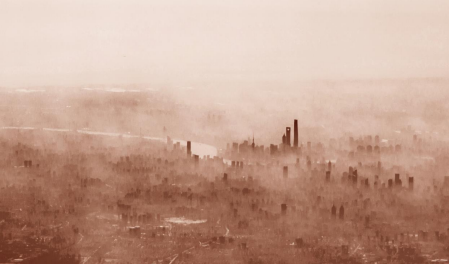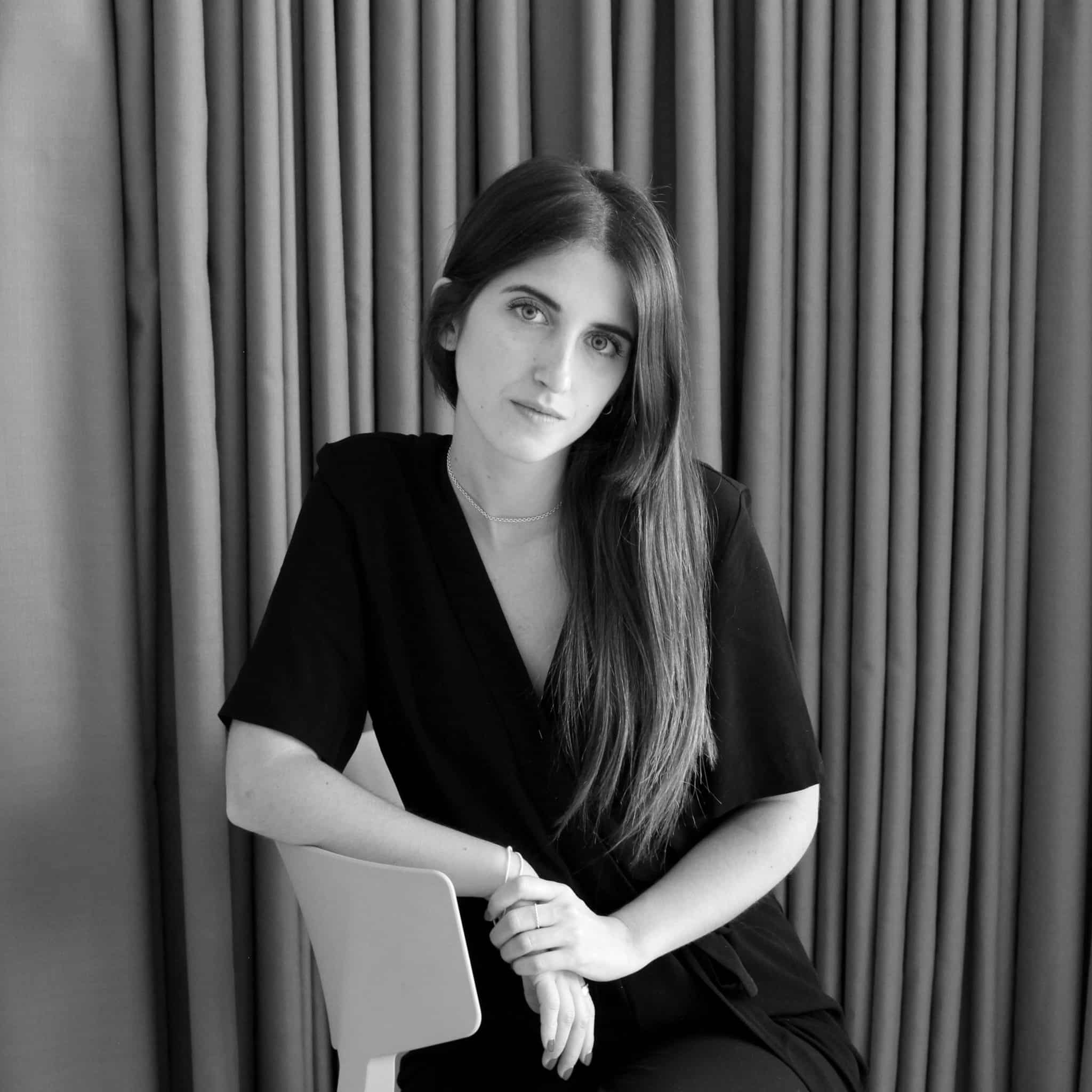Syllabus⇝
“Within urban space, elsewhere is everywhere and nowhere.”
— HENRI LEFEBVRE
In the early 1970s, urban sociologist Henri Lefebvre anticipated a situation of "generalized urbanization" in which an "urban fabric" would spread to encompass the whole planet, artificializing the entire 'natural' surface of the world. While the changing, fast-growing morphology and scale of urbanized regions have attracted considerable attention among urban scholars, the sociospatial, political-economic and technological dimensions of the global “urban fabric” originally postulated by Lefebvre still awaits further systematization and theoretical development — even more so in an age defined and systemically traversed by the ubiquity of climate crisis, with fast technological development and socioenvironmental catastrophe operating as two sides of the same coin. Building on the conceptual framework developed by radical geographers Neil Brenner and Ananya Roy, this research seminar will mobilize the theory of planetary urbanization as a basis upon which to construct a critical agenda for the design disciplines (architecture, landscape, urbanism, planning) in the age of the Anthropocene.
Learning Objectives⇝
At course completion the student will:
- Have an understanding of the relationship between cities, nature, and design as seen through the lens of recent discourses within the field of urban and environmental studies.
- Have the ability to develop original and substantiated positions on the issues/problematiques discussed in the course.
- Have the capacity to deploy 'close-reading' techniques through which to decode the multiplicity of (spatial, political-economic, technological) dimensions that define the complex and multi-scalar character of the urban process.
Hardware / Software requirements⇝
- Adobe Suite (Premiere, Adobe After Effects, Adobe Illustrator, Photoshop, InDesign). The 30-day trial version of Adobe Products can be downloaded from the website
www.adobe.com/downloads.html. - Chat GPT4
Additional Resources⇝
- Neil Brenner, "What is Critical Urban Theory?", City 13:2-3, p. 198-207
- Ananya Roy, "What is Urban about Critical Urban Theory?", Urban Geography 37:6, p. 810-823 > David Harvey, "Cities or Urbanization?", City 1:1-2, p. 38-61
- N. Brenner, C. Schmid, "Planetary Urbanization", in Implosions/Explosions (Jovis, 2014) > Maria Kaika, "Urbanizing Degrowth", Urban Studies 60:7, p. 1191-1211
- Nancy Fraser, "Climates of Capital", New Left Review 127, p. 94-127
Faculty⇝
Mariano Gomez-Luque is the director of the Urban Sciences Lab at the Institute for Advanced Architecture of Catalonia (IAAC), co-director of FORMA, an office for general architecture based in Córdoba, Argentina, and an affiliated researcher at the Urban Theory Lab in the University of Chicago. His research explores the intersections among the design disciplines, critical urban theory, and science fiction studies, with an emphasis on the status and potential of architectural production under conditions of planetary urbanization. Mariano holds a Doctor of Design (2019) and a Master of Architecture (2013) from Harvard GSD.
Ana Gallego is an urban designer and researcher at IAAC's Urban Sciences Lab, where she conducts innovative and sustainable projects across a wide range of spatial scales. Recently, she was recognized as one of the 25 emerging researchers in the field of architecture and urbanism in Europe by ‘Learn, Interact and Networking in Architecture,' a European Union platform formed by leading institutions of Architecture and Urbanism in Europe. Her work has been supported and promoted, among other institutions, by the New European Bauhaus, the Mostra di Architettura di Venezia, MODEL: Festival de Arquitecturas, and Barcelona Architecture Week. She is currently collaborating with various European institutions, such as the Kosovo Foundation of Architecture, the Timisoara Architecture Biennale, and the Haus Der Architektur Research Lab. Ana has previously worked in different architectural and urban planning firms, such as AMB: Metropolitan Area of Barcelona, Miralles Tagliabue EMBT, Sol89 Arquitectos, and Pargade Architectes.


